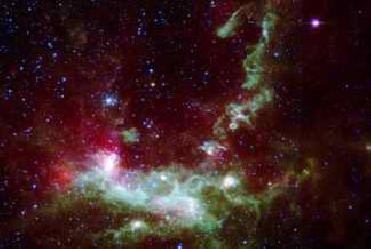
Exploded star contains all the things that all of us are made of including calcium and magnesium. NASA photo
MUMBAI (PTI): In an effort to have a deeper understanding of the nature of material that makes the objects of universe, American astronomers along with their Indian counterparts are planning a systematic study of stellar death on a real time basis.
�We are starting a programme to systematically look for explosion (death) of stars. Caltech Optical Observatories with some of the Indian Institutes will collect data to do real time analysis on it as the explosion happens,� Shrinivas R Kulkarni, Director, Caltech Optical Observatories said in a public lecture at Nehru Planetarium here.
The Palomar observatory located in San Diego County, California with its very large imaging camera and lots of new software is capable of registering events in the sky as they happen.
�We are planning for real time analysis,� he said. The Caltech Observatories will be working with the Girawali Observatory of Inter-university Centre for Astronomy located 80 km from Pune and Astrophysics in Pune and Tata Institute of Fundamental Research, Mumbai for round the clock observations, Kulkarni said.
�Increasing understanding of stellar death (death of a star) is very significant as the exploded star contains all the things that all of us are made of---including calcium, magnesium etc,� Kulkarni said.
�We are also looking forward to work on data from India's first science satellite `ASTROSAT' to be launched by Indian Space Research Organisation (ISRO) next year which will complement our ground analysis,� he said.
�We are working closely with Weismann Institute of Science, Israel, University of California, Berkeley and Columbia University to begin the observation within the next two months,� he said.
Kulkarni said, �ultimately, we want to have a coordinated programme with two satellites `TAUVEX', an Indo-Israel joint venture and 'ASTROSAT' in the coming years and there is going to be some exciting time for young scientists.� Answering students on India's first Moon Mission Chandrayaan-1', the astronomer said, it was an ambitious project.
�I am happy that India is open for international collaboration unlike China (China has a closed Moon mission programme)," he said.
India should go for more such collaborative missions and not opt for space race, Kulkarni said. �Such missions will give lot of confidence to Indian scientists as well as to the youth,� he added.
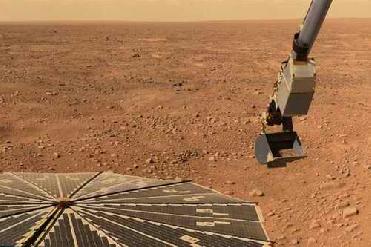 Previous Article
Previous Article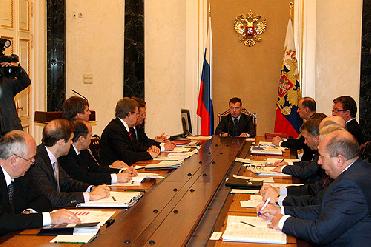 Next Article
Next Article


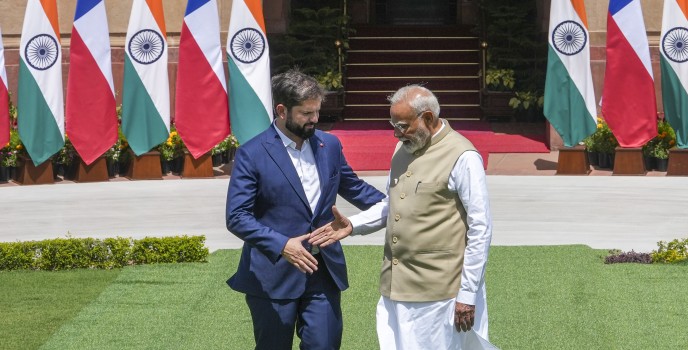
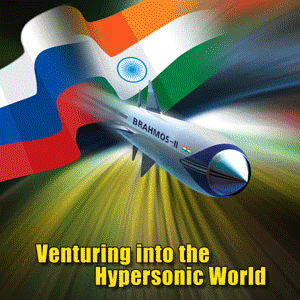

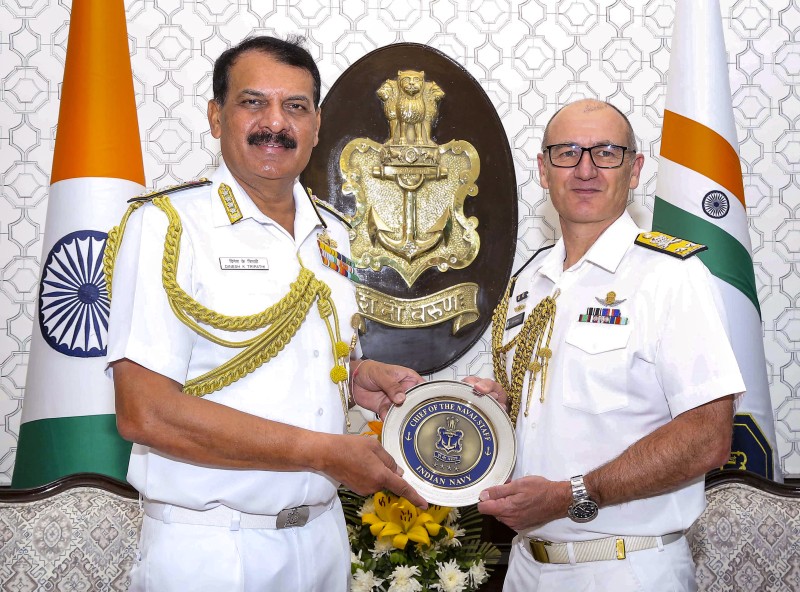




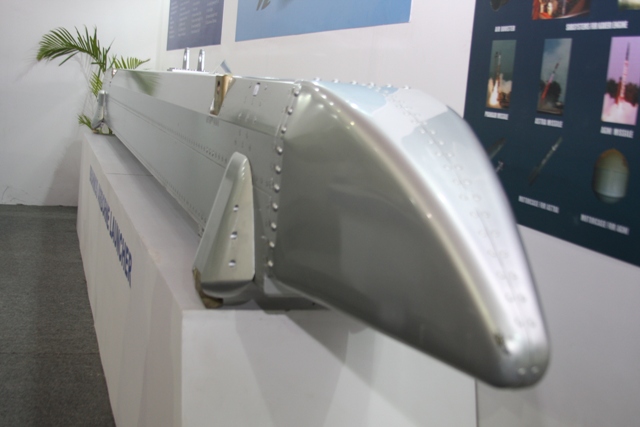
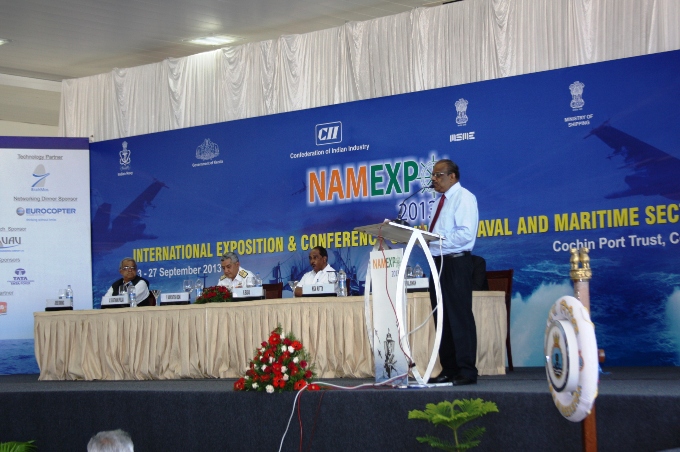
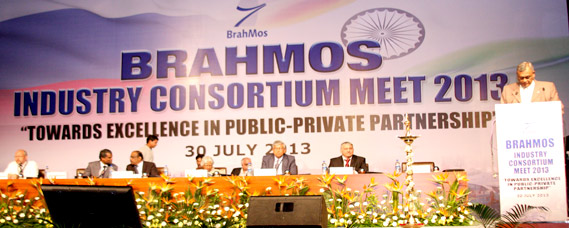
The Indian Air Force, in its flight trials evaluation report submitted before the Defence Ministry l..
view articleAn insight into the Medium Multi-Role Combat Aircraft competition...
view articleSky enthusiasts can now spot the International Space Station (ISS) commanded by Indian-American astr..
view article